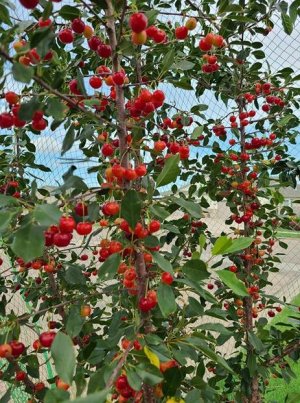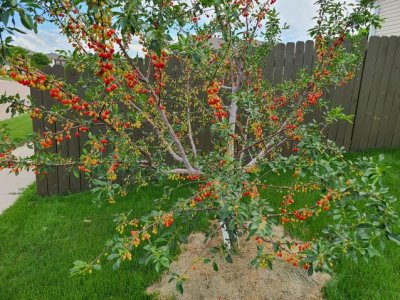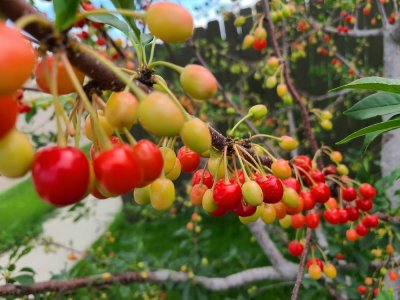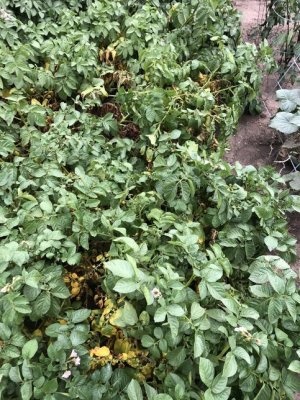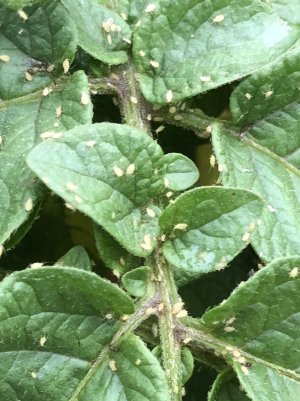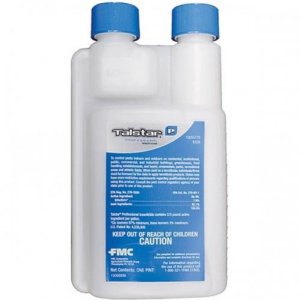Garden aphids, also known as
plant lice, include many different species in the
Aphidoidea insect family.
Aphids are very small–roughly 1/10th of an inch long. Their most common colors are green and black, though brown, reddish-brown, and gray aphids inhabit some parts of the country.1
Aphids in home yards and gardens.
University of Minnesota Extension
They have two long tubular appendages on the tail end of their bodies.
Signs of Aphid Infestation Aphids suck the sap out of tender plant's shoots and leaves using beak-like mouths, injecting the leaves with their saliva as they do so. The damage to plants is twofold: drinking the sap can weaken the plant and injecting the saliva can spread diseases from plant to plant. In addition, aphids excrete a sticky, clear substance called "honeydew" which commonly fosters the development sooty mold. Sooty mold is unsightly and interferes with the plant's ability to photosynthesize.
Because aphids are so tiny, sometimes the first sign that massive infestation is pending is the sign of many ants on your plants. The honeydew secretion is a much-prized food for ants, so when you see many ants on plants, there is a very good likelihood that aphids are also present.
